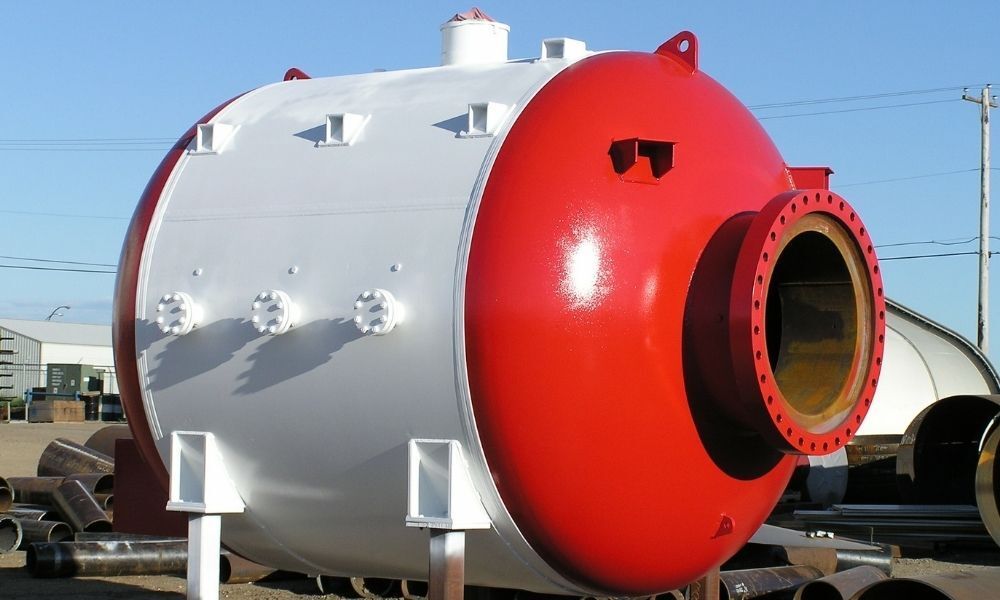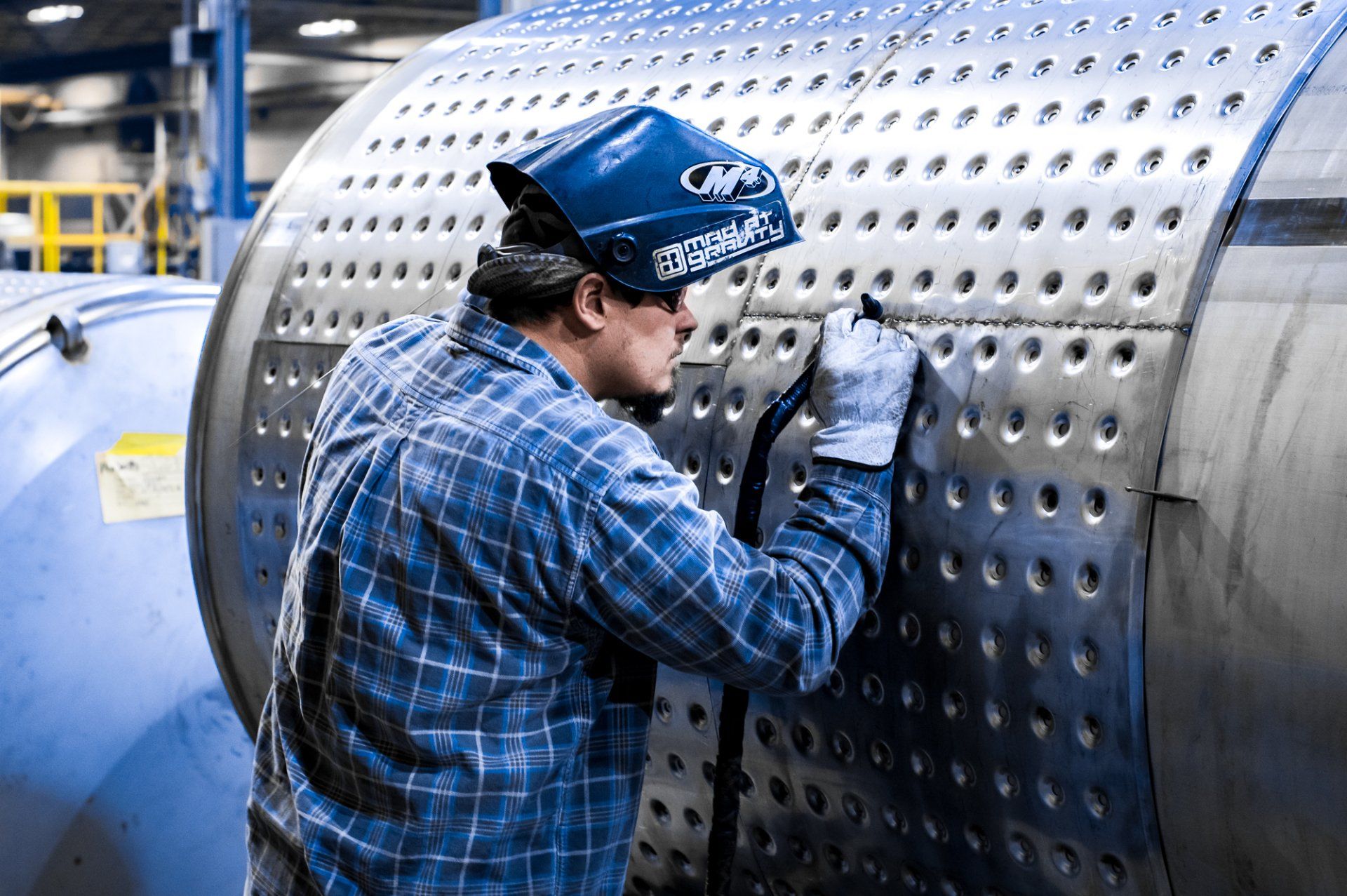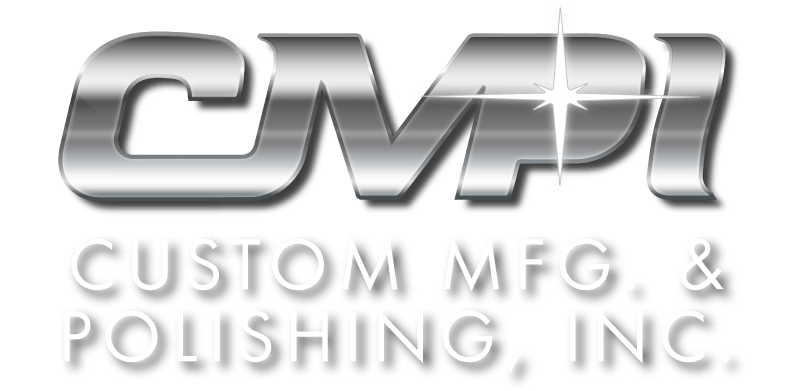ASME Vessel Fabrication: Quality Control

It’s vital to have a firm understanding of liquid and gases; you must ensure the pressure vessels that encase them meet safety and performance guidelines given by ASME. So, here's our guide on everything to know about pressure vessel inspection and maintenance.
The Types of Inspection
Vessels perform different tasks in the industrial environment in which they reside. Since most vessels live indoors or in tight spaces outdoors, performing any inspection is difficult.
When an examination is needed, many workers need to keep these facts in mind:
- Certified professionals can only perform inspections.
- All inspections need to meet industry standards.
- Inspections are either internal or external.
Internal Inspection
The internal inspection identifies physical wear on the interior. Once completed, the main focuses are on corrosion buildup on welded nozzles, seams, welds, and any external controls.
External Inspection
The external inspection focuses on the performance of the pressure vessel when it's operating. An examiner checks the inlet piping, the vessels connections, outlet piping, and more.
How Often Do Inspections Occur?
The times a vessel needs to get inspected varies depends on the material it encapsulates and its potential hazard level. A vessel that compresses a highly hazardous material needs checking more often than vessels that house safer liquids or gases.
Each vessel type only needs checking every few years, especially with an external inspection. For example, the heated boiler needs inspecting once every three years to ensure the outside doesn't show any issues. Corrosive pressure vessels go through inspections every two years, and vacuum vessels need to get checked every five years. Other vessel types vary.
When an inspection gets scheduled, they often require five tests to pass for later storage. For example, the hydrostatic test takes each vessel through an inspection of their fuel tanks, pipelines, and boilers to ensure there are no leaks and they're still strong. The pneumatic test is used with air or nitrogen to test the pressure vessel's integrity.
The leak test also checks for any potential leaks and records how much leaks out. The mechanical integrity test checks for instability in buckling or vacuum pressure vessels.
The Maintenance of Pressure Vessels
Maintenance tasks focus on replacing worn or broken parts. The maintenance of pressure vessels is vital. They must get performed regularly to avoid breakdowns, and any failed parts must be replaced immediately.
A certified professional needs to complete every inspection and maintenance check. Now that you’ve read our guide on everything to know about pressure vessel inspection and maintenance, you’re better informed about the process.
When looking at ASME vessel fabrication, a certified professional at Custom Manufacturing and Polishing, Inc, can ensure that every part meets ASME's safety requirements.
Custom Manufacturing and Polishing, Inc. can provide extraordinary services for you and your team. You can get more information on services like our vessel fabrication by contacting us here.





